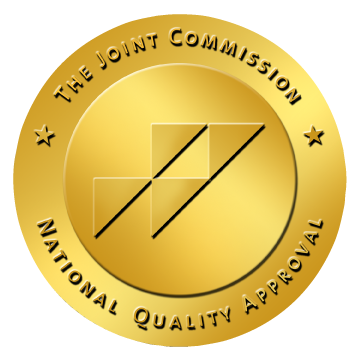Post-traumatic stress disorder (PTSD) is a "trauma and stressor-related disorder" that can devastate the sufferer and their loved ones. Emotional outbursts, bouts of depression, and low mood often plague those with PTSD, and sudden extreme behavior can be frightening.
According to the U.S. Department of Veterans Affairs, about 12 million adults in the U.S. struggle with PTSD each year. While PTSD does not go away on its own, treatment helps people learn to manage symptoms and live productive, happy lives.
To understand why PTSD never completely goes away, people must understand what causes the disorder and how traumatic events affect the brain.
Those who experience or witness a traumatic event or struggle with severe, ongoing stress are most at risk of developing PTSD. Many individuals who experience trauma as children or adults can recover with time or professional help. But for some, symptoms of PTSD may emerge soon after or even years after extreme life events and can have a lasting impact. A doctor may diagnose PTSD if the patient meets specific criteria, including symptoms that last at least one month and are unrelated to substance abuse or a medical condition.
The most common cause of PTSD in men tends to be combat experience, physical assault, severe injury, or witnessing death. Common causes of PTSD in women include combat, childhood sexual abuse, rape, or physical assault.
Racial discrimination, witnessing a natural disaster, a profoundly humiliating experience or violence can trigger PTSD in men or women. Traumatic experiences can also cause PTSD in children.
A study published in 2019 supported previous research identifying a genetic susceptibility to PTSD. The study concluded that genetics “accounts for between five and 20 percent of the variability in PTSD risk following a traumatic event.”
Individuals struggling with PTSD may have difficulty maintaining healthy personal relationships, steady employment, and meeting the responsibilities of daily living. They are more susceptible to chronic depression and substance abuse problems.
Symptoms of PTSD may include:
Signs of PTSD in young children may include delays in toilet training, motor skill development, or language skills, sleep problems, nightmares, sadness, and emotional outbursts.
The human brain intrinsically interprets traumatic events as life-threatening, typically responding with a fight-flight-freeze-fawn response. The fawn response describes a person who reacts to trauma caused by another person by trying to appease or win them over. The autonomic nervous center signals the body to make specific physiological changes depending on the chosen response.
When faced with a frightening situation, the brain activates the sympathetic nervous system to shut down systems that are not essential to survival and floods the body with stress hormones to help combat the threat. While it is normal to respond to a frightening event with some degree of the fight-flight-freeze-fawn reaction, an exaggerated or hyperactive nervous system response is characteristic of PTSD.
Severe trauma may affect brain structures in the amygdala, hippocampus, prefrontal cortex, and other brain regions, causing some areas to become hyperactive (overactive) and some to be hypoactive (underactive). These brain regions regulate such functions as:
For many, their nervous system normalizes once the perceived threat is gone. However, this normalization does not occur in those with PTSD — their brains remain in a constant state of high alert and survival mode.
No matter how long you have struggled with PTSD, the right treatment program can help you learn to manage stress and other symptom triggers so you can feel safe again. Your treatment plan may include medications to treat anxiety, depression, and nightmares combined with psychotherapeutic approaches. Cognitive behavioral therapy, exposure therapy, eye movement desensitization and reprocessing (EMDR), and other evidence-based practices can help address the root causes of your PTSD.
Individual and group treatment approaches can help you:
In addition to the challenges of PTSD, many people struggle with co-occurring mental health or substance abuse disorders. A quality treatment center will screen for co-occurring disorders (also called dual diagnosis) and address those issues in a comprehensive treatment plan.
You don’t have to let PTSD rule your life. Contact the New England Medical Group to learn about PTSD treatment options.
